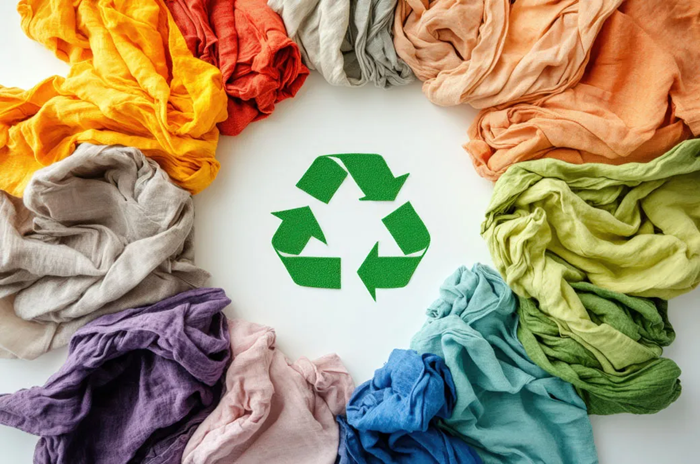 Considered the backbone of its economy, the Sri Lankan apparel industry is often misunderstood for its employee treatment and sustainability standards. The industry directly employs 350,000 people and a double of this indirectly. Female workers make up 34 per cent of the industry’s total workforce and the apparel industry employing 40 per cent of Sri Lanka’s female workforce. A Kantar study done in January 2018 revealed though current employees within the Sri Lanka apparel industry are satisfied with their condition; communities around them tend to perceive female employees negatively. This negative perception emerges from a lack of knowledge about the industry’s true nature.
Considered the backbone of its economy, the Sri Lankan apparel industry is often misunderstood for its employee treatment and sustainability standards. The industry directly employs 350,000 people and a double of this indirectly. Female workers make up 34 per cent of the industry’s total workforce and the apparel industry employing 40 per cent of Sri Lanka’s female workforce. A Kantar study done in January 2018 revealed though current employees within the Sri Lanka apparel industry are satisfied with their condition; communities around them tend to perceive female employees negatively. This negative perception emerges from a lack of knowledge about the industry’s true nature.
Practitioner of ethical labor standards
Renowned for their ethical practices across the world, Sri Lankan apparel manufacturers adhere to rigorous labor standards. They operate employee councils under the Board of Investments (BOI) guidelines to mutually resolve disputes with employees. Most of their plants undergo independent third-party audits to ensure compliance to both local laws and buyer stipulated requirements. As per The Worldwide Responsible Accredited Production (WRAP) website, Sri Lanka currently has 112 WRAP Gold or WRAP Platinum certified facilities.
councils under the Board of Investments (BOI) guidelines to mutually resolve disputes with employees. Most of their plants undergo independent third-party audits to ensure compliance to both local laws and buyer stipulated requirements. As per The Worldwide Responsible Accredited Production (WRAP) website, Sri Lanka currently has 112 WRAP Gold or WRAP Platinum certified facilities.
Also, the industry’s compensation structure is often misrepresented. On average, the industry pays factory employee Rs 40,000 per month, which includes transport, meals, medical, insurance and several other benefits, not offered by other industries reports Daily FT.
Pioneer of sustainability initiatives
The Sri Lankan apparel industry is also a pioneer of environmental sustainability initiatives. The country has several carbon neutral and LEED certified facilities that operate as net zero carbon emitters. It also has South Asia’s first Passive House certified project and the world’s second Passive House certified factory building in the world, reports AIA New York. An energy-efficient construction, this building follows stringent standards for quality, comfort, and energy efficiency.
From May to September 2020, Sri Lanka exported apparels worth $1.85 billion. This made the industry one of its most significant foreign exchange earners. The country has been able to grow its apparel exports year after year despite being the highest wage payers in the Asia-Pacific region.
Even, though the industry is facing its biggest challenge due to COVID-19, it is confident of bouncing back soon. Time and again, experts have advised Sri Lankan government of reducing its dependence on the apparel industry. However, the government should aim to boost the industry instead of replacing it. It needs to recognize the strength of this industry and explore it to its fullest potential.












